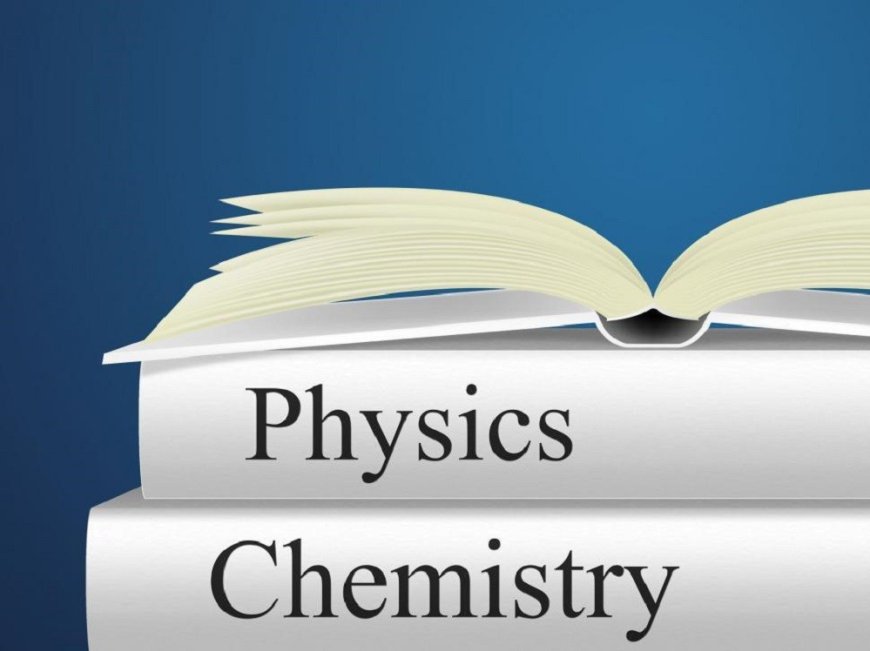Development of creative thinking in chemistry and physics lessons
How to implement creative ideas in chemistry and physics lessons? After all, these are exact sciences, where constant regularities

How to implement creative ideas in chemistry and physics lessons? After all, these are exact sciences, where constant regularities are studied and clear methods of hypothesis testing are used. At the same time, it is the science of ingenious discoveries! How to develop logical, creative and critical thinking of students in chemistry and physics lessons?
Logical thinking is the foundation of creativity
Some believe that only logical thinking develops in the lessons of the natural cycle. Is it possible to consider an atom or a chemical reaction in a non-standard way? And creatively calculate the area of ‹‹a triangle? At first glance, no. But the students are surprised by the unusual approach to fundamental things! It is possible that a girl who is interested in the question "why the sun does not boil" in the future will make a revolutionary scientific discovery.
Therefore, logic can be the basis for the development of critical and creative thinking. Encourage students to complete mindfulness tasks or create tests on their own.
Subject knowledge is the key to creativity and critical thinking
Knowledge of the topic is required for any discovery. After all, without them it is impossible to create and implement creative ideas. Therefore, subject knowledge is the main condition for the creation of original concepts. But how to determine what the child has more flair? After all, someone is fluent in the world of numbers, and someone skillfully masters the word. The speaker shared interesting tasks for training different types of thinking.
Must Read: Most teachers and parents find the distance ineffective
How to develop creative abilities in physics and chemistry lessons?
Plan creative homework - let it be safe experiments! For example, examine the electrification of bodies with a towel or balloon. And if the videographers or participants of the experiment are parents - it's just great! Such tasks have two major advantages: students will be able to explain chemical and physical processes in everyday life, and clarity and practicality will motivate them to learn.
How are new creative ideas formed?
A creative idea is not born on its own - it is an amazing multi-stage process! The idea is formed from the challenges of our daily lives. At first we can look for standard solutions to solve the situation, but sometimes there are incredible ones. The golden mean between standard and incredible is a creative idea!
What else contributes to the development of creativity? Systematic mastery of the new. For example, if you study one foreign word every day, the vocabulary in a year will be 364. New knowledge encourages new ideas!
